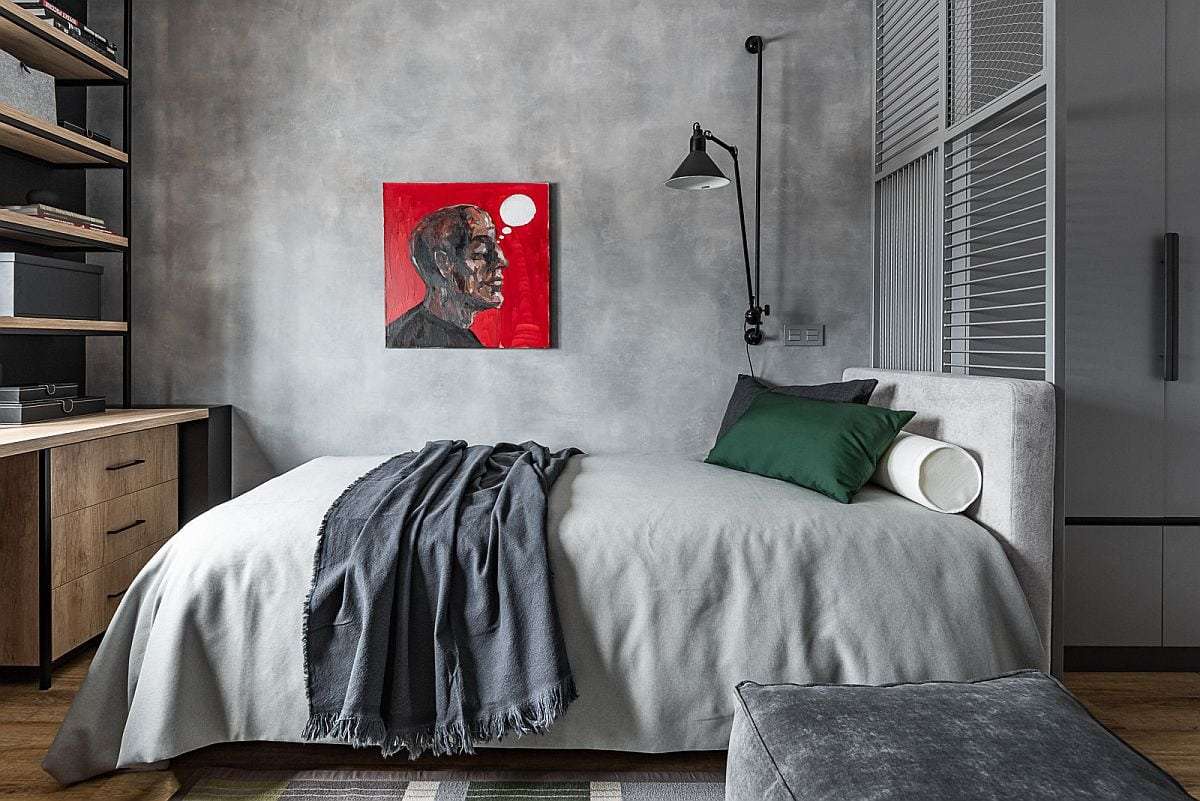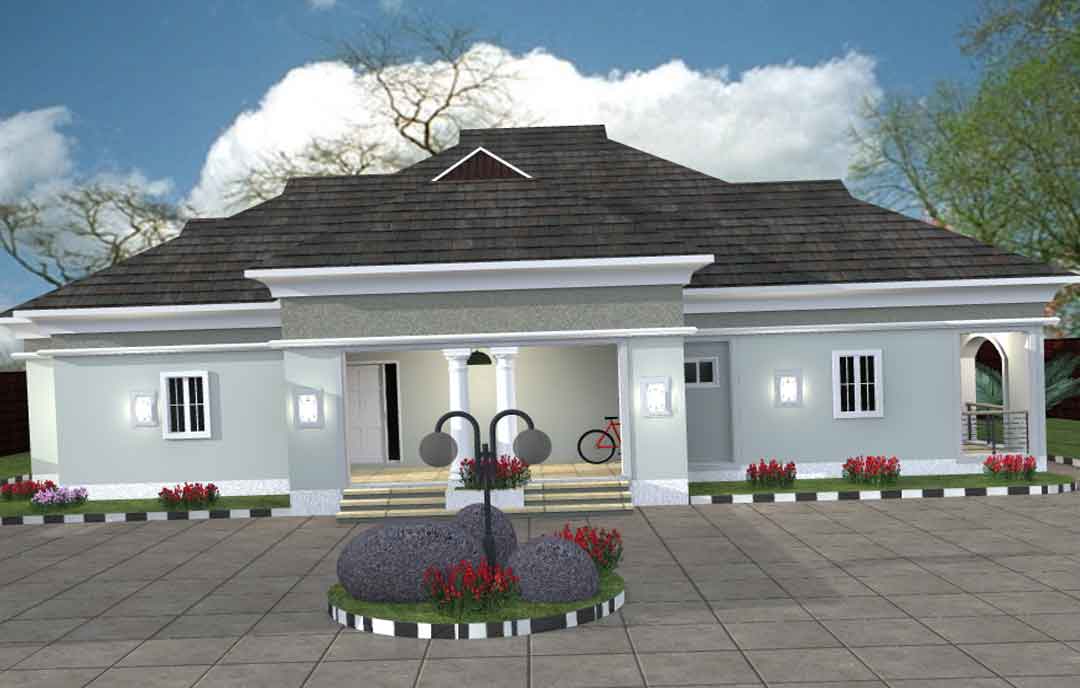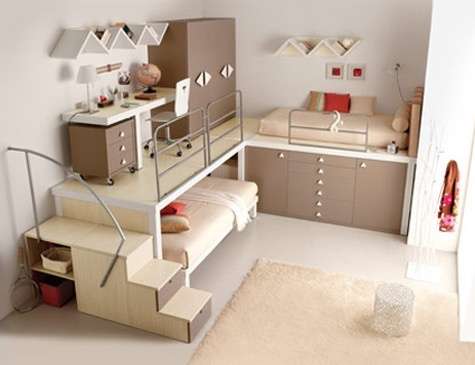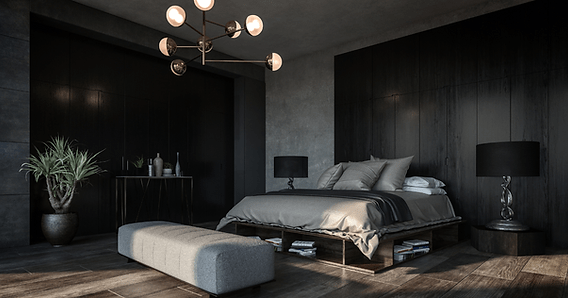Designing a bedroom in a small space presents unique challenges‚ requiring thoughtful planning and innovative solutions․ Maximizing functionality without sacrificing style is paramount․ The right furniture choices can transform a cramped room into a comfortable and inviting sanctuary․ Efficiently utilizing vertical space‚ incorporating multi-functional pieces‚ and carefully selecting the color palette are crucial aspects of mastering bedroom furniture design for small spaces․ This careful consideration is key to creating a haven that feels both spacious and personal․
Optimizing Space with Multi-Functional Furniture
One of the most effective strategies for small bedroom design is to embrace multi-functional furniture․ These pieces serve multiple purposes‚ saving valuable floor space and reducing clutter․ Here are some examples:
- Storage Beds: Beds with built-in drawers or lift-up platforms provide ample storage for clothing‚ bedding‚ or other items․
- Ottomans with Storage: These versatile pieces can serve as seating‚ footrests‚ and storage containers․
- Wall-Mounted Desks: A fold-down desk can be used as a workspace when needed and folded away when not in use‚ freeing up floor space․
- Nightstands with Drawers: Choose nightstands with drawers to keep bedside essentials organized and out of sight․
Vertical Space Utilization
Don’t neglect the vertical space in your small bedroom․ Utilizing walls for storage and decoration can significantly enhance the room’s functionality and aesthetics․ Consider these options:
- Floating Shelves: Install floating shelves to display books‚ plants‚ or decorative items without taking up floor space․
- Wall-Mounted Cabinets: Utilize wall-mounted cabinets to store clothing‚ accessories‚ or other personal belongings․
- Tall‚ Narrow Bookcases: These bookcases maximize vertical space while minimizing their footprint․
- Wall-Mounted Mirrors: Mirrors can create the illusion of more space‚ making the room feel larger and brighter․
Color Palette and Lighting
The color palette and lighting play a crucial role in the overall feel of a small bedroom․ Lighter colors tend to make a room feel more spacious‚ while darker colors can make it feel more enclosed․ Natural light is also essential‚ so avoid blocking windows with heavy curtains or furniture․ Consider using sheer curtains or blinds to allow natural light to filter in․ Artificial lighting can also be used to create a warm and inviting atmosphere․ Use a combination of ambient‚ task‚ and accent lighting to achieve the desired effect․
Comparative Table: Space-Saving Furniture Options
| Furniture Piece | Space-Saving Feature | Benefits | Considerations |
|---|---|---|---|
| Storage Bed | Built-in drawers or lift-up platform | Maximizes storage space‚ reduces clutter | May require more assembly‚ can be heavier |
| Wall-Mounted Desk | Folds down when needed‚ folds away when not in use | Frees up floor space‚ versatile | Requires wall mounting‚ may not be suitable for heavy use |
| Floating Shelves | Mounted on the wall | Creates visual interest‚ doesn’t take up floor space | Weight limitations‚ requires secure mounting |
Ultimately‚ successful bedroom furniture design for small spaces hinges on careful planning and creative problem-solving․ By prioritizing multi-functional furniture‚ utilizing vertical space‚ and paying attention to color and lighting‚ you can transform your small bedroom into a comfortable and stylish retreat․
Now‚ let’s delve into some practical tips to ensure your small bedroom feels both functional and visually appealing․ Think about creating a focal point․ This could be a statement headboard‚ a striking piece of artwork‚ or even a carefully curated gallery wall; A well-defined focal point draws the eye and distracts from the limited square footage․ Also‚ consider using mirrors strategically․ A large mirror placed opposite a window can reflect light and create the illusion of a larger space․ Smaller mirrors can be grouped together to create a decorative accent․
DECLUTTERING AND ORGANIZATION: THE KEY TO SPACIOUSNESS
No matter how cleverly designed your furniture is‚ a cluttered room will always feel small․ Regularly decluttering your bedroom is crucial․ Get rid of items you no longer need or use‚ and organize the items you keep․ Invest in storage solutions like drawer dividers‚ shelf organizers‚ and under-bed storage containers․ These tools will help you keep your belongings neatly organized and out of sight․
– Minimize Decorations: Avoid overcrowding shelves and surfaces with too many decorations․ Choose a few carefully selected items that you truly love and that complement your overall design․
– Optimize Closet Space: Install closet organizers to maximize storage space․ Use vertical space effectively by adding shelves or hanging rods․
– Regularly Purge: Make it a habit to declutter your bedroom regularly‚ at least once a season․ This will prevent clutter from accumulating and ensure your room always feels fresh and inviting․
LIGHTING STRATEGIES FOR EXPANDING THE SPACE
Strategic lighting is paramount to crafting a visually larger and more inviting space․ Embrace layers of light․ Begin with ambient lighting‚ such as a ceiling fixture or a floor lamp‚ to illuminate the entire room․ Then‚ add task lighting‚ like a bedside lamp or a desk lamp‚ to provide focused light for reading or working․ Finally‚ incorporate accent lighting‚ such as wall sconces or spotlights‚ to highlight artwork or architectural features․ Remember that warm‚ diffused light tends to make a room feel cozier and more inviting‚ while cool‚ bright light can make it feel more spacious and energetic․ Experiment to find the lighting scheme that best suits your needs and preferences․
BEYOND FURNITURE: ARCHITECTURAL CONSIDERATIONS
While furniture plays a major role‚ don’t overlook the potential of architectural modifications․ If possible‚ consider options like adding a window to bring in more natural light‚ or creating built-in storage solutions․ Even small changes‚ like painting the trim a lighter color than the walls‚ can make a noticeable difference․ Think about the flow of movement within the room․ Ensure there’s enough space to move around comfortably without bumping into furniture․ A well-planned layout is essential for creating a functional and inviting small bedroom․






